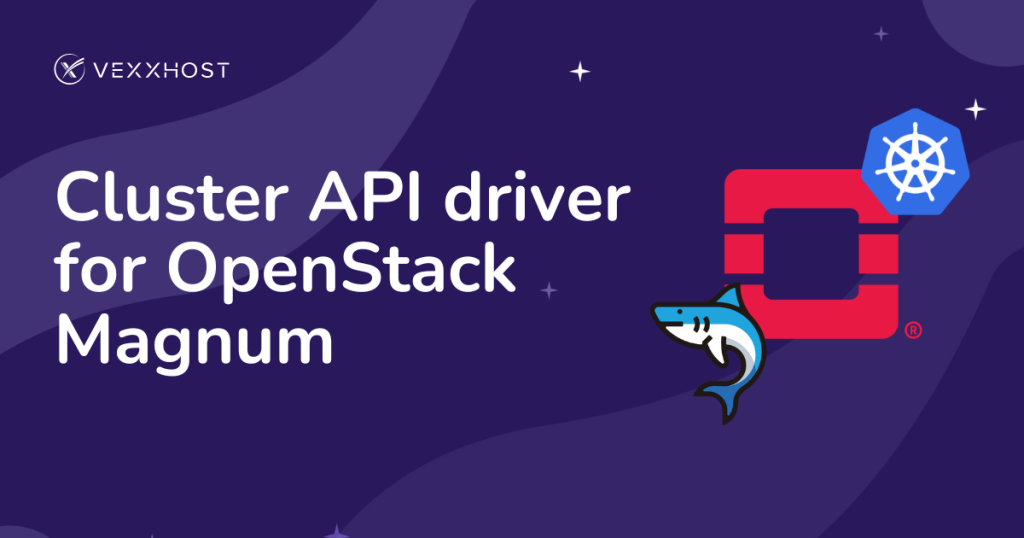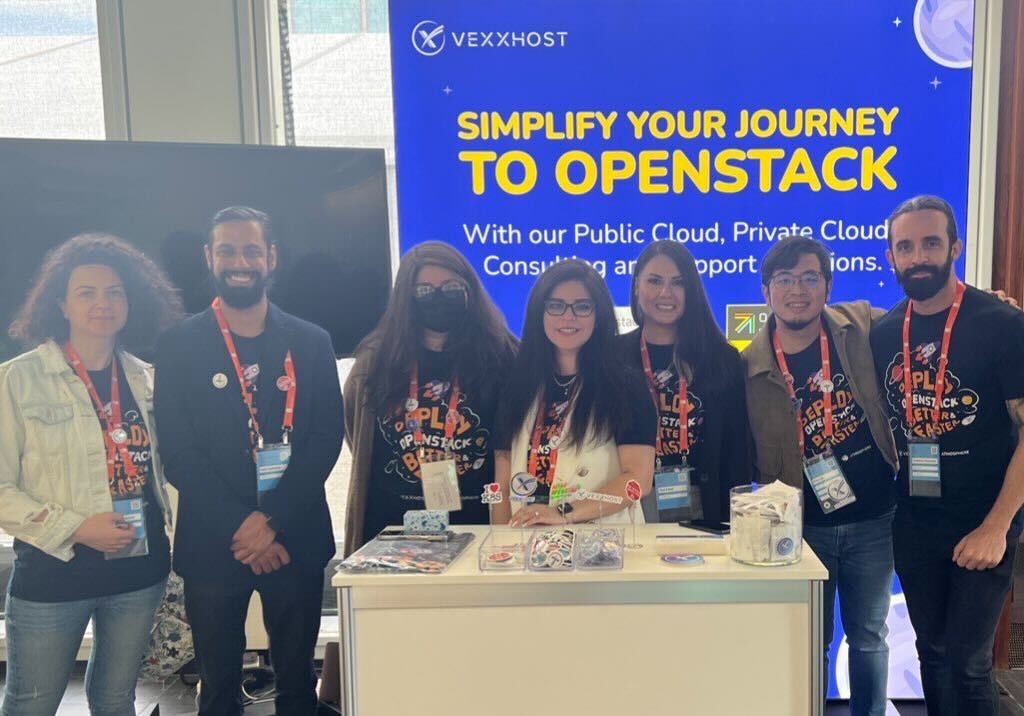CentOS 7 was released only few weeks after Red Hat Enterprise Linux 7, including the same exciting features RHEL ships. Besides the long awaited Systemd and the right now much discussed Docker this release also features the possibility to perform upgrades from version 6 to version 7 automatically without the need of the installation images. And although the upgrade still requires a reboot and thus is not a live upgrade as such, it comes in very handy for servers which can only be reached remotely.
Red Hat has already released and documented the necessary tools. The CentOS team didn’t have time yet to import, test and rebuild the tools but the developers are already on it – and they provide untested binaries.
Please, note: Since the packages are not tested yet you should not, by any means, try these on anything else than on spare test machines you can easily re-deploy and which do not have any valuable data. Do not try this on your production machines!
But if you want to get a first idea of how the tools do basically work, I recommend to set up a simple virtual machine with a fully updated CentOS 6 and as few packages as possible. Next, install the rpms from the CentOS repository mentioned above.
Among these is the Preupgrade Assistant, which can be run on a system with no harm: preupg just analyses the system and gives hints what to look out for during an upgrade without performing any tasks.
Since I only tested with systems with hardly any services installed I got no real results from preupg. Even a test run on a system with more services installed brought the same output (only showing some examples of the dozens and dozens of lines):
$ sudo preupg
Preupg tool doesn't do the actual upgrade.
Please ensure you have backed up your system and/or data in the event of a failed upgrade
that would require a full re-install of the system from installation media.
Do you want to continue? y/n
y
Gathering logs used by preupgrade assistant:
All installed packages : 01/10 ...finished (time 00:00s)
All changed files : 02/10 ...finished (time 00:48s)
Changed config files : 03/10 ...finished (time 00:00s)
All users : 04/10 ...finished (time 00:00s)
...
042/100 ...done (samba shared directories selinux)
043/100 ...done (CUPS Browsing/BrowsePoll configuration)
044/100 ...done (CVS Package Split)
...
|samba shared directories selinux |notapplicable |
|CUPS Browsing/BrowsePoll configuration |notapplicable |
|CVS Package Split |notapplicable |
...
As mentioned above the Preupgrade Assistant only helps evaluating what problems might come up during the upgrade – the real step must be done with the tool redhat-upgrade-tool-cli. For that to work the CentOS 7 key must be imported first:
$ sudo rpm --import http://isoredirect.centos.org/centos/7/os/x86_64/RPM-GPG-KEY-CentOS-7
Afterwards, the actual upgrade tool can be called. As options it takes the future distribution version and a URL to pull the data from. Additionally I had to add the option \--force since the tool complained that preupg was not run previously – although it was. As soon as the upgrade tool is called, it starts downloading all necessary information, packages and images, and afterwards asks for a reboot – the reboot does not happen automatically.
$ sudo /usr/bin/redhat-upgrade-tool-cli --force --network 7 --instrepo=http://mirror.centos.org/centos/7/os/x86_64
setting up repos...
.treeinfo | 1.1 kB 00:00
getting boot images...
After the reboot the machine updates itself with the help of the downloaded packages. Note that this phase does take some time, depending on the speed of the machine, expect minutes, not seconds. However, if everything turns out right, the next login will be into a CentOS 7 machine:
$ cat /etc/os-release
NAME="CentOS Linux"
VERSION="7 (Core)"
ID="centos"
ID_LIKE="rhel fedora"
VERSION_ID="7"
PRETTY_NAME="CentOS Linux 7 (Core)"
ANSI_COLOR="0;31"
CPE_NAME="cpe:/o:centos:centos:7"
HOME_URL="https://www.centos.org/"
BUG_REPORT_URL="https://bugs.centos.org/"
Concluding it can be said that the upgrade tool worked quite nicely. While it is not comparable to a real live upgrade if offers a decent way to upgrade remote servers. I’ve tested it with a clean VM and also with bare metal, remote server, and it worked surprisingly good. The analysis tool unfortunately did not perform how I expected it to work, but that might be due to the untested state or I was not using it properly. I’m looking forward what how that develops and improves over time. But, again, and as mentioned before – don’t try this on your own prod servers.



